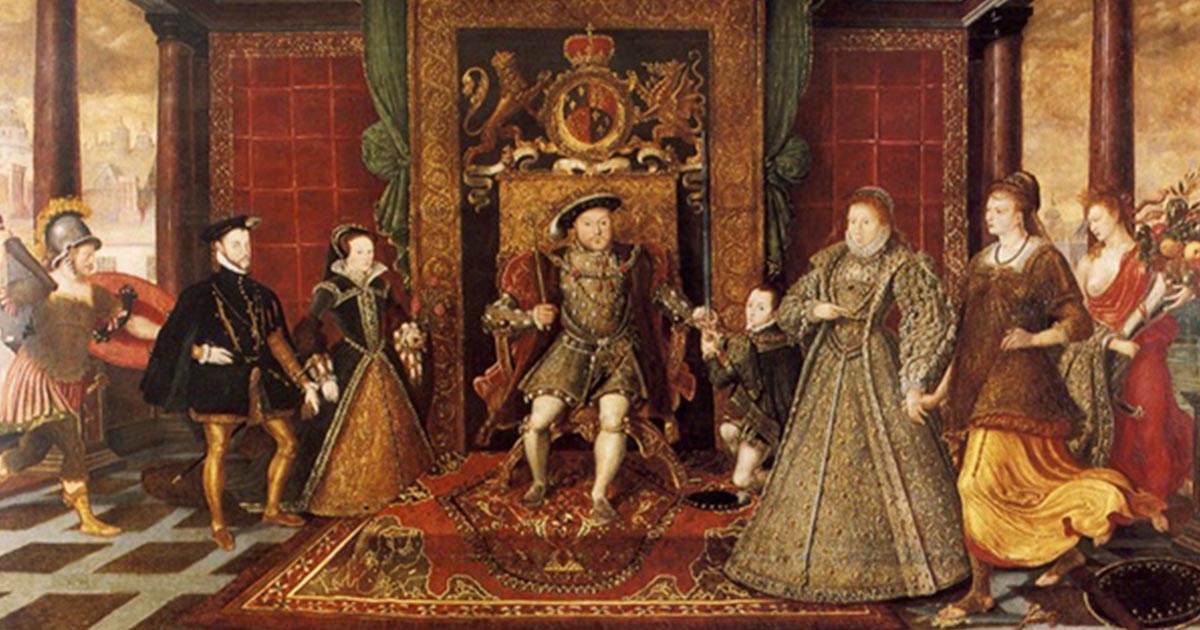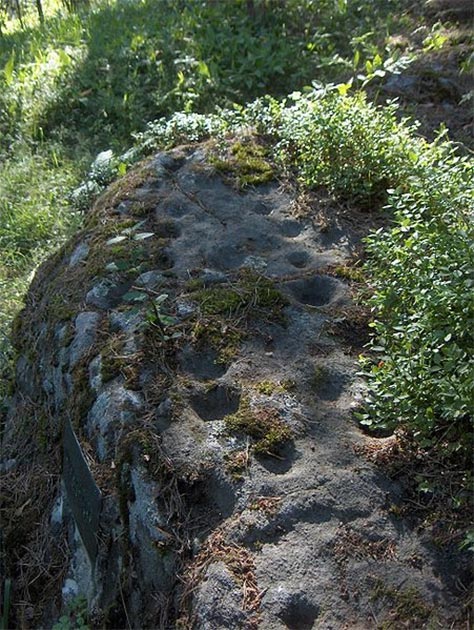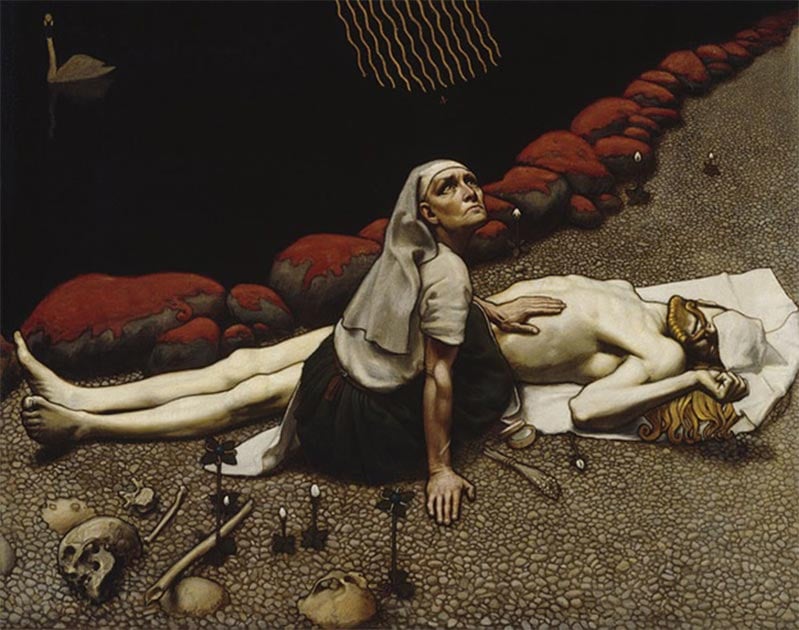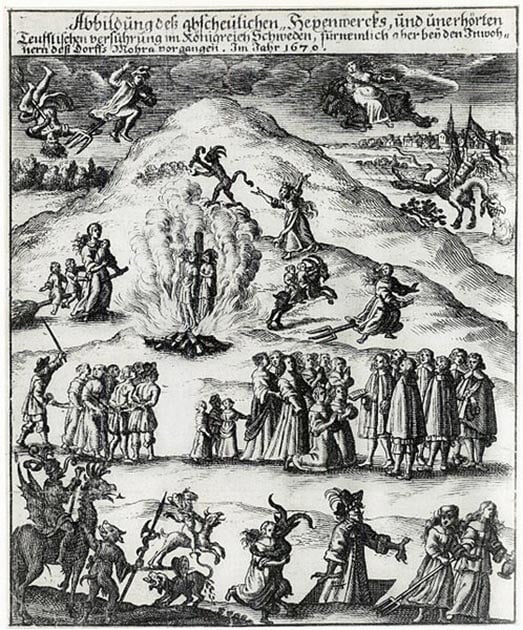
History Repeats Itself On The Television Screen
Even if school’s history class was a bit of a drudge, historical movies and television series delivered the same old stories with much more passion and intrigue than tweed wearing professors. Television series and films are not only massively entertaining, but they can often inspire profound discussions about the story threads. These fascinating tales of past times offer insights into old world societies and sometimes warn future man as to what his world could be like if he repeats the same mistakes; “history repeats itself.” Netflix has become the ‘goto’ online portal for historical movies and television series and the network has now realized there exists an insatiable thirst for historical shows, fact and fiction. Sometimes a history lesson is necessary to fill in the background to these series and movies.
Devil’s Bride
Set in 1600s Finland, Devil’s Bride tells the dark story of a girl who falls in love with a married man and to remove his wife from of the picture, the girl accuses the innocent woman of witchcraft, later to discover to her horror how 17th-century churchmen dealt with witches.
In the real world, during the 17th-century witch-hunts, Finland was part of the Swedish Kingdom and most people followed the Lutheran religion, barring a small minority of Orthodox Catholics in the east. It was this institutionalized religion that caused magical thinking and superstition to greatly influence everyday life. According to Marko Nenonen and Timo Kervinen, in their paper Finnish Witch Trials in Synopsis at the beginning of the early modern period (1500-1800) Finland was famous for its witches and its great shamans who inhabited Lapland. Between 1520 - 1750 charges of witchcraft, magic and sorcery were laid against at least 2,000 people.

Neolithic (3000 BC) Finnish cup and ring marked stone traditionally used for votive offerings in Hartola and associated with witches. (Tuohirulla/ CC BY-SA 3.0)
The first trials in which ‘Diabolism’ was charged occurred in 1666 on the Swedish speaking island, Ahvenanmaa (Åland,) situated between Sweden and Finland. Witch trials in Finland were held in secular courts and were treated as normal legal proceedings. With torture being against Swedish laws it was used only in very exceptional occasions. Unlike most other western European countries, in Finland, witches were predominately male, with more than half of the accused being men, as was the case in Iceland, Estonia and Russia.

Lemminkäisen äiti, by Akseli Gallen-Kallela: a depiction of the underworld, Tuonela, from a myth found in the Kalevala, depicting a woman with the ritual tools of witchcraft. (Public Domain)
The majority of the men charged as witches were farmers and their wives often got embroiled in the proceedings, but one should bear in mind that witches and their accusers were almost always acquainted and lived in the same villages, and many historians think the charge emerged as a social tool to get rid of one’s enemies and foes. Witch trials and subsequent deaths occurred all over the world until the ‘scientific method’ emerged during the 18th century Enlightenment at which time witnesses began telling how the accused had often angered someone else in the village. So, in the hard light of day, the accusers, were often more demonic in their actions than the poor folk they ‘accused’ of witchcraft.





